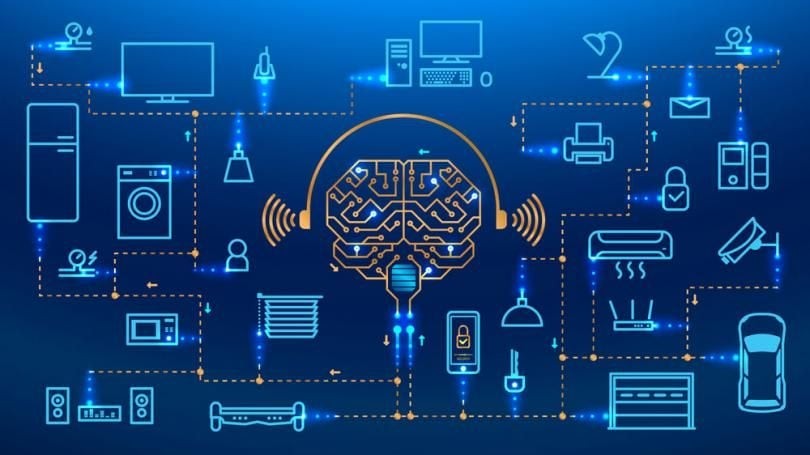The advent of voice recognition for IoT products has revolutionized the way we interact with technology. This advancement not only enhances user experience but also increases the efficiency of smart devices. As we delve into this topic, we will explore how voice recognition plays a pivotal role in the world of Internet of Things (IoT).
Modern smart devices are increasingly dependent on voice commands to perform various functions, from controlling home appliances to managing industrial equipment. This integration has simplified processes, making our lives more convenient and connected. Let us explore the impact of this technology and its future prospects.

Understanding Voice Recognition in IoT
What is Voice Recognition?
Voice recognition is a technology that enables devices to identify and respond to human speech. This involves converting spoken words into digital signals, which are then processed to execute commands. The ability to interpret natural language is crucial for the effective functioning of IoT devices.
Role of Voice Recognition in IoT
In the realm of IoT, voice recognition facilitates seamless communication between users and devices. It allows hands-free operation, providing convenience and efficiency in managing various tasks. For instance, smart homes utilize this technology to control lighting, temperature, and security systems.
Benefits of Voice Recognition in IoT
Enhanced User Experience
The integration of voice recognition in IoT products significantly improves user experience. By allowing natural interaction with devices, users can easily perform tasks without the need for manual input. This is particularly beneficial for individuals with disabilities or those who prefer a more intuitive interface.
Increased Efficiency
Automation through voice commands streamlines processes, reducing the time and effort required for task completion. This is evident in industrial settings where machinery can be operated and monitored using voice-controlled IoT devices.
Challenges in Implementing Voice Recognition
Technical Limitations
Despite its advantages, implementing voice recognition in IoT products poses several challenges. The accuracy of the technology is heavily reliant on the quality of the audio input and the device’s processing power. Moreover, background noise and accents can affect the system’s ability to correctly interpret commands.
Privacy Concerns
The use of voice recognition raises privacy concerns, as devices are constantly listening for commands. Ensuring that data is securely processed and stored is paramount to maintaining user trust and data integrity.
Future of Voice Recognition in IoT
Emerging Trends
The future of voice recognition in IoT is promising, with advancements in artificial intelligence and machine learning paving the way for more accurate and responsive systems. As technology evolves, we can expect to see more sophisticated applications in various sectors.
Integration with Other Technologies
Future developments will likely see voice recognition integrated with other technologies such as augmented reality and virtual assistants, further enhancing the functionality of IoT products.
Conclusion
In conclusion, the integration of voice recognition for IoT products is a transformative development that enhances connectivity and user interaction. While there are challenges to overcome, the benefits it offers are undeniable, making it an essential component in the future of smart technology. To explore more about IoT product development, you can check IoT product development and IoT development from prototype to production for further insights.

FAQ
What are the main benefits of voice recognition in IoT?
The main benefits include enhanced user experience, increased efficiency, and seamless device interaction.
How does voice recognition improve smart home functionality?
It allows for hands-free control of various home systems, such as lighting and security, making operations more convenient.
Are there privacy concerns with voice recognition in IoT?
Yes, privacy concerns arise as devices are constantly listening for commands, making secure data processing essential.


